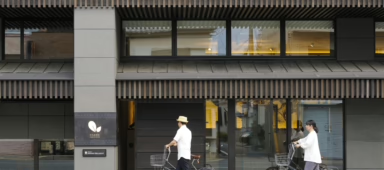Famed for its sunny beaches, the island also thrills with jungle trekking
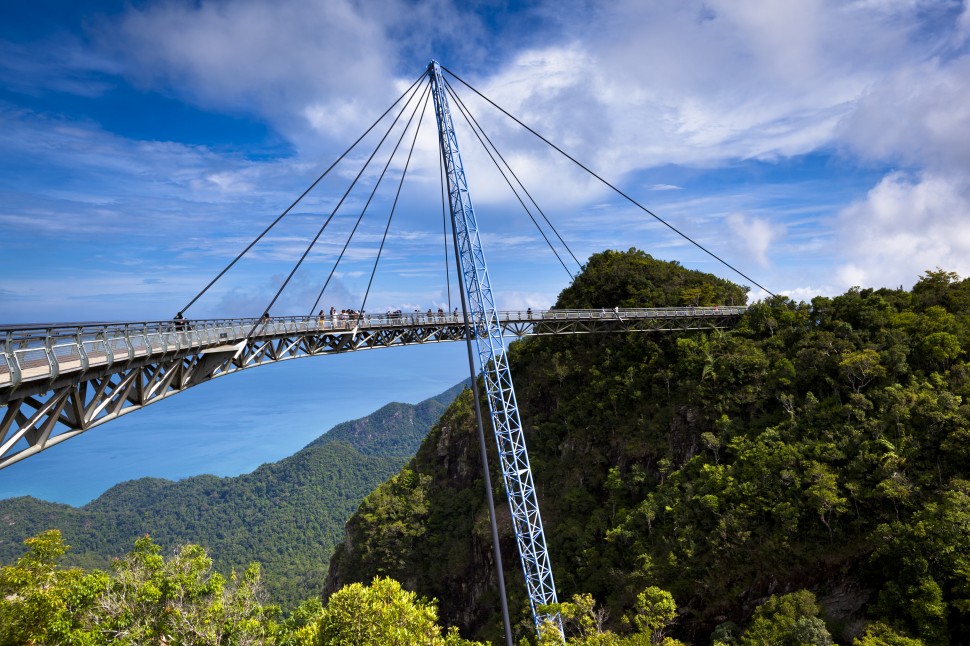
“It’s called rainforest for a good reason,” Shaaban Arshad quipped as he worked to coax reluctant flames out of the damp firewood.
Nearby, our hammocks hung limply between soggy, moss-covered tree trunks. My girlfriend stirred in her own suspended cocoon, causing a minor cascade to pour off the plastic roof of her temporary ‘bedroom’.
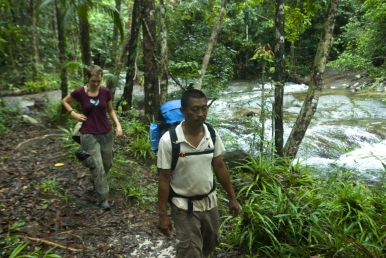
I wondered again whether we had made a sensible decision to abandon our sumptuous suite at the Datai Resort for two nights of camping in monsoonal wilderness. Far below, it would probably already be sunny on the bay, and guests would be sitting by the pool or helping themselves to decadent servings from the breakfast buffet. A few early risers might already be sunning themselves on sparkling white sands or soaking amid the island of Langkawi’s renowned glittering reefs.
Many of Langkawi’s visitors seem almost oblivious to the ancient rainforests that cloak the centre of the island. Langkawi is capable of offering jungle trekking of every sort, from simple strolls accompanied by the avian dawn chorus to extreme jungle expeditions. As I wrapped my hands around a tin mug of steaming coffee, I felt grateful to be spending a few adventurous days trekking in Malaysia’s oldest mountain range.
Shaaban was clearly in his element. Since his early childhood, he has travelled all over these forests, collecting wild honey and medicinal plants with his shaman grandfather.
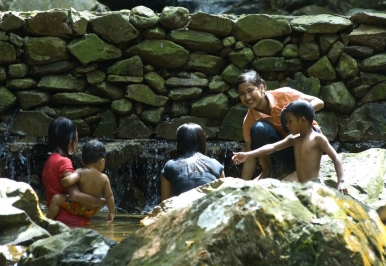
Malaysian naturalist and TV presenter Irshad Mobarak (a.k.a. the Junglewalla) had introduced us to his friend when we met a few days earlier at Datai’s hardwood lounge. “Shaaban Arshad knows the legendary slopes of Gunung Machinchang better than anyone alive,” Irshad said.
About 550 million years ago, these rocks formed part of the supercontinent of Gondwanaland, comprising what would later become Australia, Africa and South America. Over the course of time, the continents split and shifted until, 250 million years ago, the Machinchang formation reared out of the sea to create the island of Langkawi.
“At least this was how geologists tell the story,” Shaaban smiled on our second morning as we trudged towards the peak of this venerable mountain. “But the people of Langkawi say that way back at the beginning of time – maybe even earlier than the geologists can count – Machinchang and Gunung Raya were battling giants, slashing and hacking at each other with swords until Machinchang ended up with the 44 separate peaks that mark its landscape today.”
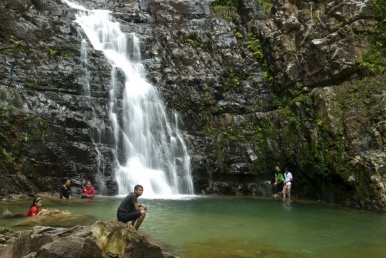
I wouldn’t say we had walked across that many mountains in the last couple of days, but I had lost count of the number of times we had to climb slippery, root-strewn ridges, only to descend once again into leech-infested valleys. Giant ironwood trees loomed above us, while majestic figs – the lifeblood of the rainforest eco-system – sent their tangled aerial roots down toward us. Shaaban even showed us a tree that could be ‘milked’ to yield a sweet white sap that tasted surprisingly like milk.
Our guide’s trekking skills came in useful from the start. He turned his nose up at our bottle of leech-repellent lotion and showed us instead how to mash a cigarette with saliva and plaster it around our ankles to keep the parasites away. When they did occasionally bite, he showed us how to use instant coffee to stem the bleeding. Perhaps this also helped to mask the scent of blood, which would otherwise attract other hungry leeches.
Fortunately, Langkawi has become famous to generations of naturalists for infinitely more picturesque creatures.
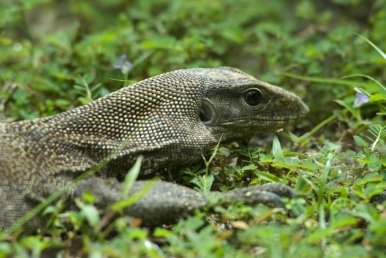
“Langkawi is home to what we call the Fabulous Flying Five,” Irshad told us back at the Datai. “We have flying snakes, flying squirrels, flying foxes, flying dragons (lizards), and even flying monkeys.”
That final animal goes by many names: the colugo, the flying lemur, the cloaked monkey, and even the skin monkey. The colugos seem to do most of their arboreal base-jumping only in the evenings, and tend to spend their days hanging, wrapped in their leathery cloaks on the trunks of the tallest trees. They are notoriously hard to see in the wilderness, but the grounds of the Datai – which have attracted National Geographic filmmakers – are among the best places to see these unique creatures in action.
As we picked our way along the craggy slopes, it became increasingly clear that flying would have been the easiest way to get around these dense rainforests. On these steep slopes, the jungle re-colonises any human infiltration in a matter of weeks; so for inexperienced eyes, it can be extremely hard to spot a trail. When a big tree falls here, it topples its neighbours – like drunken old friends keeling over with their arms linked – and the vegetation virtually riots in its rush to take advantage of the resulting sunlight.
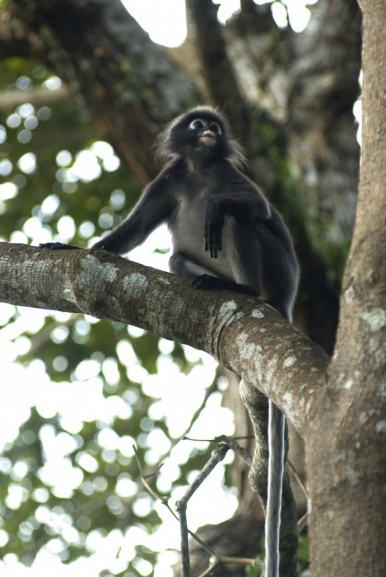
Nobody had used these trails since Shaaban himself passed by about eight months earlier. But he seemed to read the track like it was marked with street signs and infallibly led us each evening to a relatively open patch on the mountainside where we could pitch camp.
Tents are almost useless in this steep, forested terrain, so we brought along custom-made jungle hammocks fitted with mosquito nets and roofs. With the added assurance of a little insect repellent sprayed on the hammock strings, these sleeping systems provided us the benefit of an insulated, dry and comfortable night’s sleep.
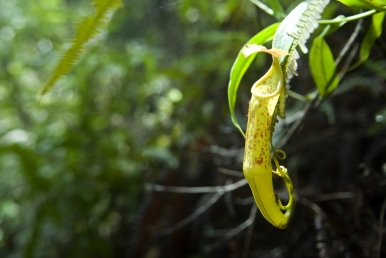
Our ambition had been to climb the highest peak of the mighty Machinchang, but the rains brought treacherously slippery footing and low visibility that made for risky climbing.
Although we came very close, we finally decided it would be foolhardy to attempt the summit. At first I was disappointed, but then I realised it was as though the mountain itself had blocked our path. Some things deserve to remain a mystery.
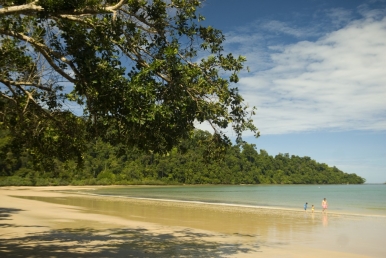
One thing’s for sure though: We’ll return someday to try again.




